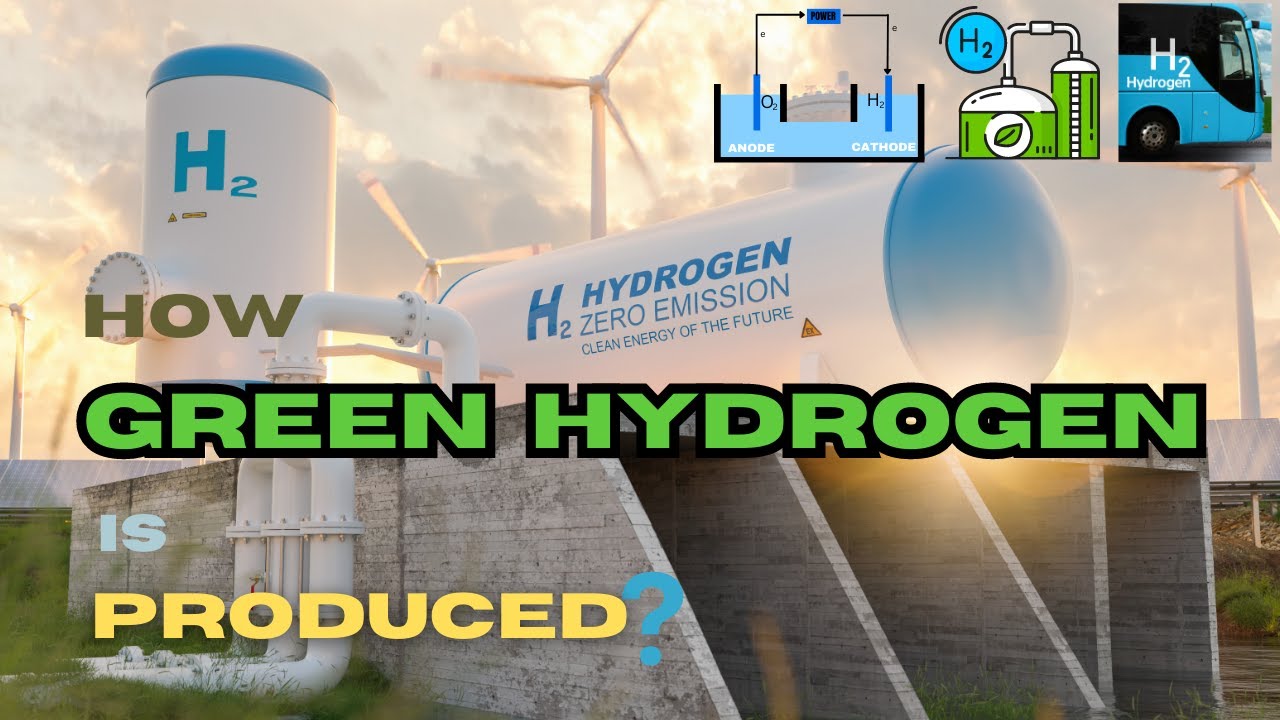The Rise of Green Hydrogen: A Comprehensive Overview, is a phenomenon that has been gaining significant attention in recent years as the world seeks to transition towards a more sustainable energy future. Green hydrogen, produced through the process of electrolysis using renewable energy sources, is seen as a key player in decarbonizing various sectors such as transportation, industry, and power generation.
Understanding Green Hydrogen
Green hydrogen is produced by splitting water molecules into hydrogen and oxygen using electricity generated from renewable sources such as solar, wind, or hydropower. This process results in a clean and sustainable form of hydrogen that can be used as a versatile energy carrier in a wide range of applications.
The Advantages of Green Hydrogen
One of the primary advantages of green hydrogen is its ability to store and transport energy over long distances, making it a valuable asset in balancing the intermittency of renewable energy sources. Additionally, green hydrogen can replace fossil fuels in various sectors, thereby reducing greenhouse gas emissions and combating climate change.
Environmental Benefits
The production and use of green hydrogen result in zero greenhouse gas emissions, making it a clean and environmentally friendly alternative to traditional fossil fuels. By leveraging renewable energy sources, green hydrogen contributes to the reduction of carbon emissions and helps mitigate the impacts of climate change.
Economic Opportunities
The rise of green hydrogen presents significant economic opportunities, including job creation, investment in renewable energy infrastructure, and the development of a new hydrogen economy. Countries and companies that lead in green hydrogen production stand to gain a competitive advantage in the global energy transition.
Challenges and Solutions
While the potential of green hydrogen is vast, there are several challenges that need to be addressed to accelerate its adoption on a large scale. These challenges include high production costs, infrastructure requirements, and the need for supportive policies and regulations.
Cost-Competitiveness
Achieving cost-competitiveness with traditional fossil fuels remains a key challenge for green hydrogen production. However, ongoing technological advancements, economies of scale, and falling renewable energy costs are driving down the cost of green hydrogen, making it increasingly competitive in the market.
Infrastructure Development
The development of a robust infrastructure for green hydrogen production, storage, and distribution is essential to support its widespread adoption. This includes the establishment of electrolysis plants, hydrogen pipelines, and refueling stations to enable the seamless integration of green hydrogen into existing energy systems.
The Future of Green Hydrogen
The future of green hydrogen looks promising as governments, industries, and investors recognize its potential to drive the transition to a low-carbon economy. As technology advances and economies of scale are achieved, green hydrogen is expected to play a crucial role in meeting global energy demand while reducing carbon emissions.
Policy Support
Governments around the world are increasingly implementing supportive policies and incentives to promote the production and use of green hydrogen. These measures include carbon pricing, renewable energy targets, and funding for research and development to accelerate the growth of the green hydrogen industry.
Industry Collaboration
Collaboration between industries, research institutions, and governments is essential to drive innovation and scale up green hydrogen technologies. By working together, stakeholders can overcome technical, economic, and regulatory barriers to unlock the full potential of green hydrogen as a clean energy solution.
Conclusion
In conclusion, the rise of green hydrogen represents a transformative shift towards a more sustainable and decarbonized energy future. With its environmental benefits, economic opportunities, and potential to drive innovation, green hydrogen is poised to play a crucial role in shaping the energy landscape of tomorrow.






